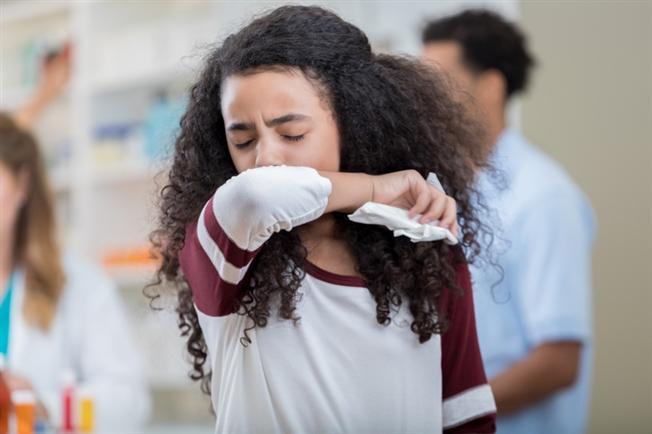Preventing back-to-school bugs

When your student heads back to school, chances are that homework won’t be the only thing they’re bringing home with them.
“Schools are hot zones for germs,” says Jeffrey Stevens, DO, family medicine physician at Paoli Hospital, part of Main Line Health. “Students are touching germy surfaces during the day and their fingers end up near their eyes, in their mouth and on their food. Many kids just don’t realize where those germs are and how easily they can transfer.”
Of course, in between preparing your student for a new school year, practicing and enforcing hygiene habits can get lost in translation. While you won’t be able to ensure your teen steers clear of germs completely, here’s what you can do to help protect them from back-to-school bugs:
Set a bedtime
More sleep can mean more sickness. Make sure your student, regardless of age, is getting ample sleep during the school year. Restorative sleep can improve the immune system’s ability to respond to colds or infections which means that, if they do get sick, symptoms may not linger as long.
Pack a healthy lunch
A healthy lunch is already important for keeping your student energized and focused throughout the day, but it can help them ward off sickness, too. Instead of swinging through the drive-thru, pack homemade meals that are rich in vitamin C, beta carotene and zinc to boost immunity.
Another healthy tip: Pack an extra paper towel or napkin, and ask your son or daughter to unpack their lunch on this surface. Cafeteria tables can be a hub for germs, and keeping your food off these surfaces can further prevent infection.
Teach coughing and sneezing technique
Coughs and sneezes are sometimes hard to control, especially when they’re coming out of little mouths. Still, talk to your student about sneezing and coughing into their elbow to prevent the spread of germs.
Pack hand sanitizer
This is one measure your student can take into their own hands—literally. As you are back-to-school shopping, pick out a small hand sanitizer bottle or pack of sanitizing wipes that they can use to wipe down their desk or use on their hands before settling into the day. Since many daycare areas or elementary schools use shared spaces, this can help clean a space after use by another student.
Practice hand washing
The single most effective thing you can do to prevent the spread of germs is to teach your student proper hand washing technique. How can you do this? Practice at home! Using antibacterial soap, wash your hands for 20 seconds under warm water, and teach your child to do the same. If it helps, develop a song or help them count to engage them in the activity.
While these techniques will help prevent the majority of sicknesses—including colds, sore throats and stomach viruses—there is one notorious back-to-school bug that requires extra care: head lice.
“Head lice are easily spread through head-to-head or hair-to-hair contact,” explains Dr. Stevens. “Even if you’re not directly sharing a hat or a hairbrush, stray hairs can still carry lice and make it easy for them to spread. For this reason, make sure you discuss the importance of not sharing personal items like athletic uniforms, coats, scarves, towels or hair brushes. Once lice affect one student, they can spread quickly.”
If a lice outbreak hits close to home in your classroom or in the locker room, check your child’s scalp every few days for signs of nits. You can purchase a kit at the drugstore to help.
Of course, even with the best prevention, sicknesses can still happen. Main Line Health family practice physicians have offices in many convenient locations throughout the Philadelphia region. For your convenience, there are often same-day appointments at multiple locations, and you can schedule your appointment online or by telephone. There’s sure to be one in your community.
To schedule an appointment with a specialist at Main Line Health, call 1.866.CALL.MLH (1.866.225.5654).
 Content you want, delivered to your inbox
Content you want, delivered to your inbox
Want to get the latest health and wellness articles delivered right to your inbox?
Subscribe to the Well Ahead Newsletter.
